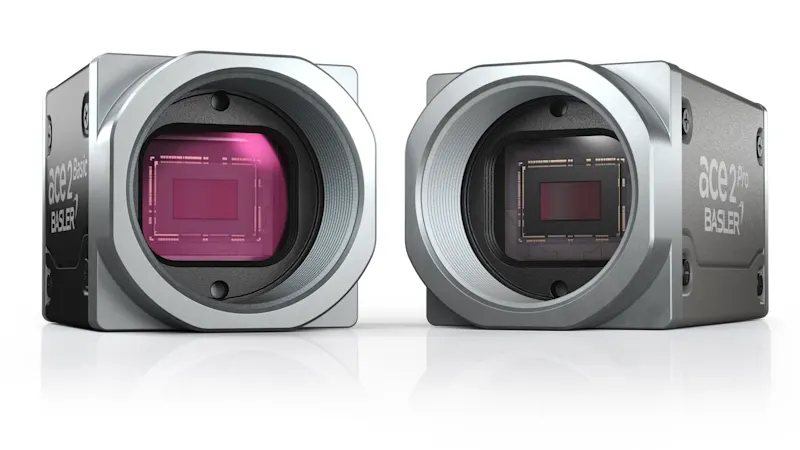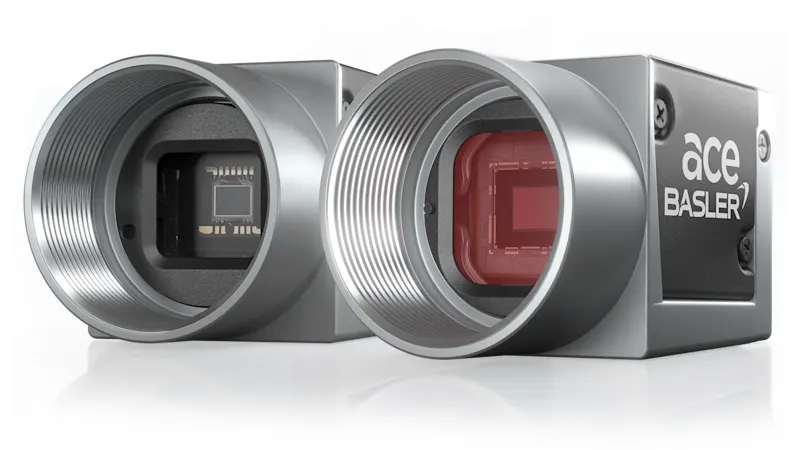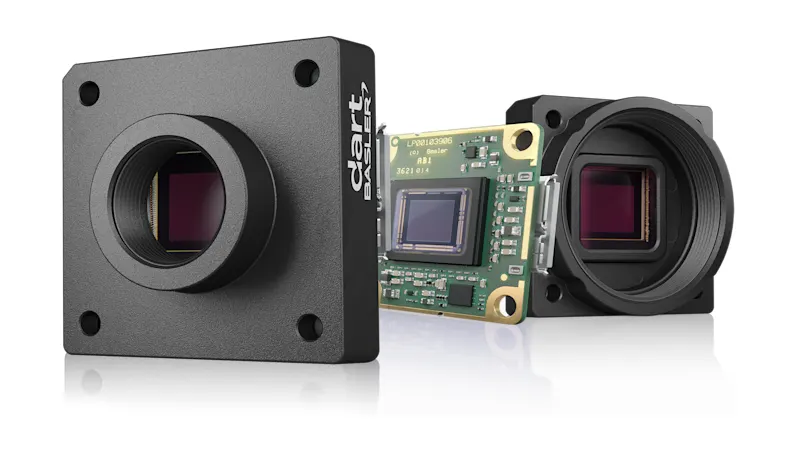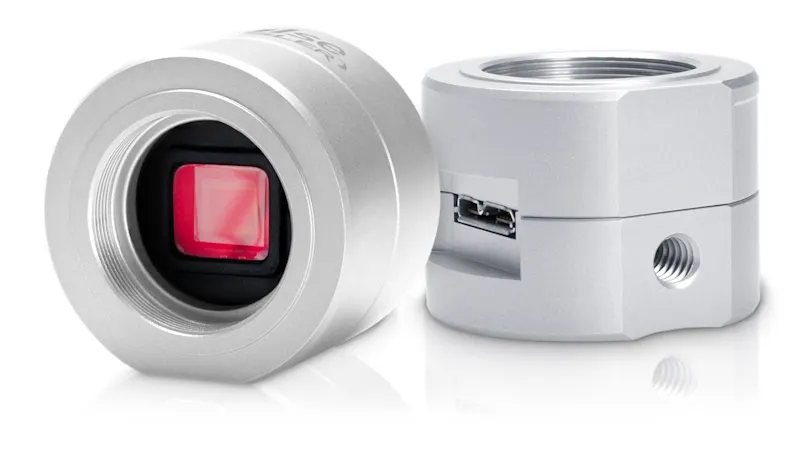Basler's Unique Feature Set: PGI - for Optimized Images
Several of our newest camera models come with our powerful in-camera image optimization technology already built in: This proprietary PGI feature set enhances your images at the full speed of your camera. PGI is comprised of a unique combination of 5x5 debayering, color-anti-aliasing, denoising and improved sharpness.

Meilleure qualité d’image avec PGI
Dans ce livre blanc, nous répondons aux questions suivantes :
De quelles caractéristiques se compose PGI ?
Comment ces fonctionnalités marchent-elles sans ou avec PGI ?
Quel est l’effet de PGI sur l’image capturée ?
PGI Feature Set in Detail
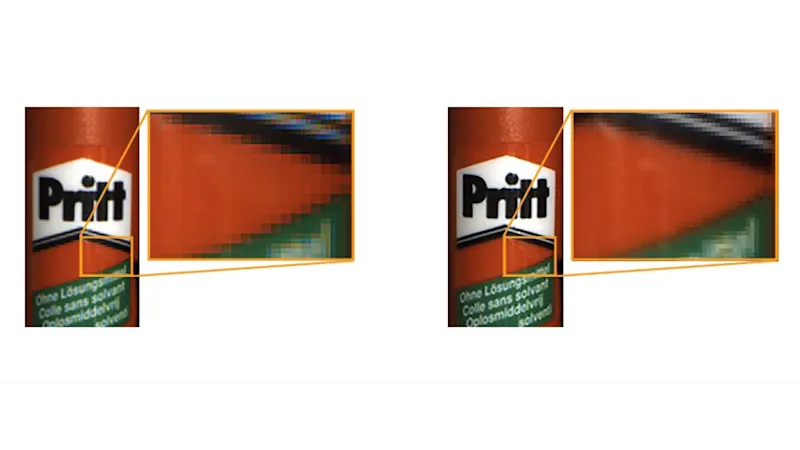
5x5 Debayering
The term debayering generally describes an algorithm that calculates the color image from the image sensor data. However, as the image sensor does not provide color values for each color in each individual pixel, the algorithm must interpolate to determine that information. Cameras typically offer 2x2 debayering, whereby the two closest pixels are used to calculate the actual color of the image. This can lead in some cases to uneven edges between colors and other artifacts. The 5x5 debayering used in the PGI feature set delivers cleaner transitions between colors and eliminates artifacts altogether.
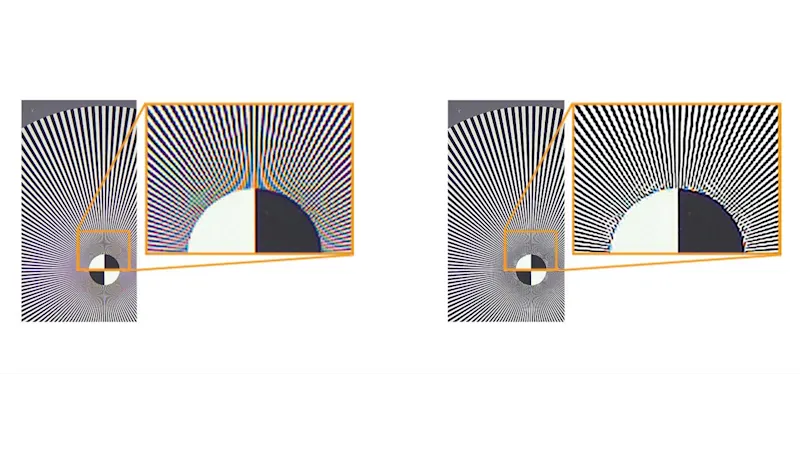
Color-Anti-Aliasing
The use of debayering algorithms frequently leads to false colors in captured images. This means that colors suddenly become visible even in structures that are actually colorless. The reason for this is the resolution limits of the cameras. The resolution limits are responsible for the fact that color cameras with Bayer patterns only expose certain colors and thus generate incorrect interpolation values. PGI uses an extended information space during debayering and corrects the false colors at the same time.
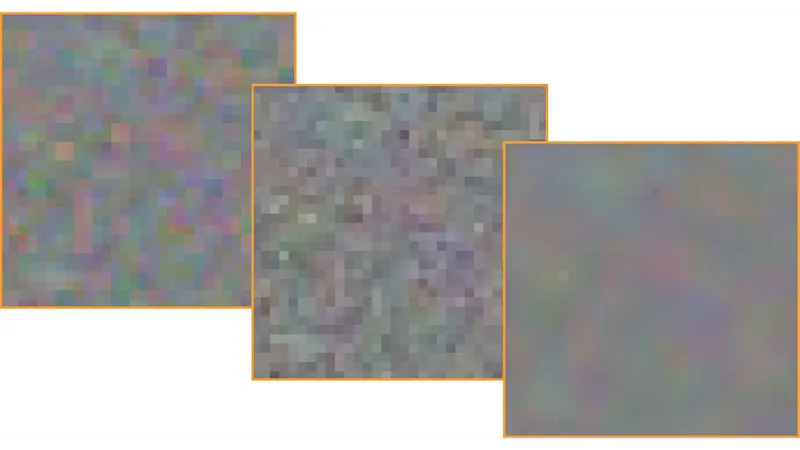
Denoising
Noise is a phenomenon that occurs in every camera and can have several causes (photon shot noise, sensor noise). In color cameras, in addition to gray noise, there is also color noise, which results from and is amplified by the stringing together of several calculation steps and interpolations. PGI takes this type of noise into account and avoids it in advance by cleverly linking and parallelizing the computational operations. In addition, active noise filtering can further reduce the noise level, providing additional image enhancement.
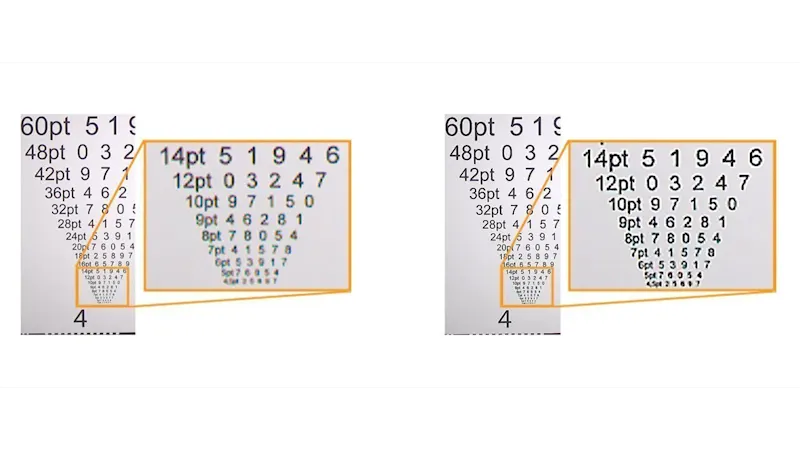
Improved Sharpness
Cameras often struggle to depict particularly fine or sharp structures. The results are aliasing effects or reduced image sharpness. This can be traced back to the interpolation algorithms, known as debayering for cameras with Bayer pattern. Because its interpolation algorithm is adapted for the image structure, the PGI feature set delivers significantly improved sharpness, with the option to pursue further improvement via a supplemental sharpness factor.
These enhancements are particularly helpful for applications requiring strong sharpness, such as applications using cameras to detect and process letters and numbers (such as ANPR for traffic applications) or other fine or sharp-edged structures (such as barcodes).
